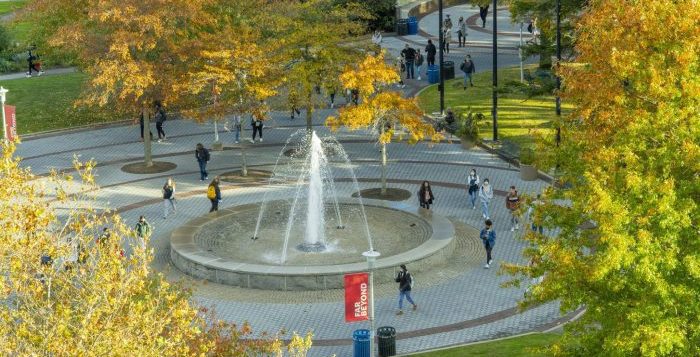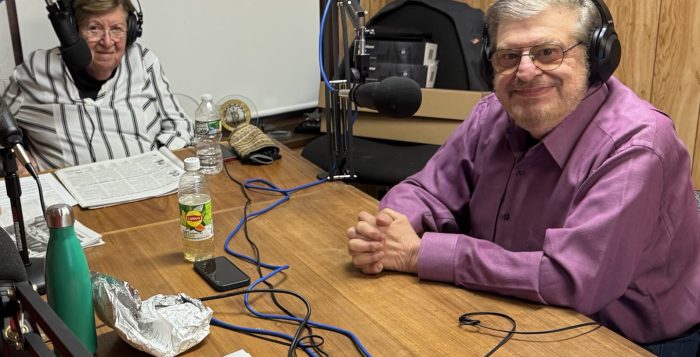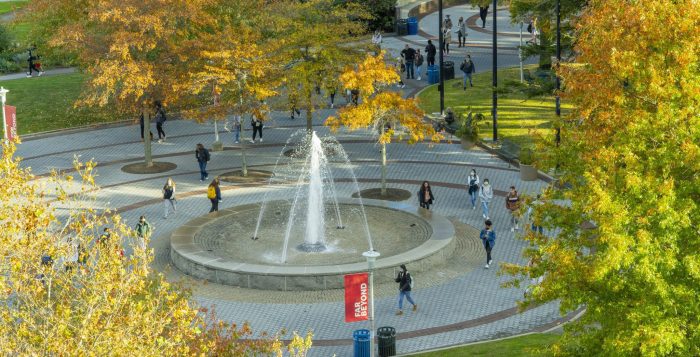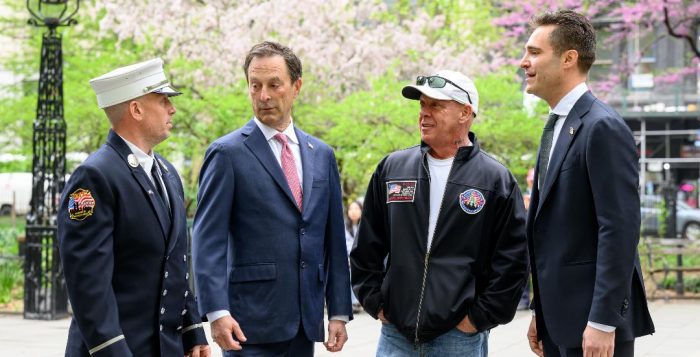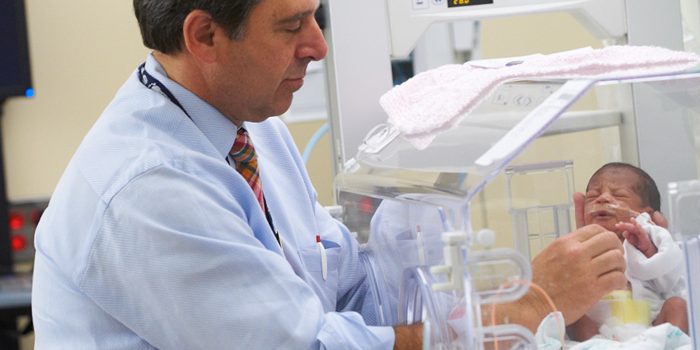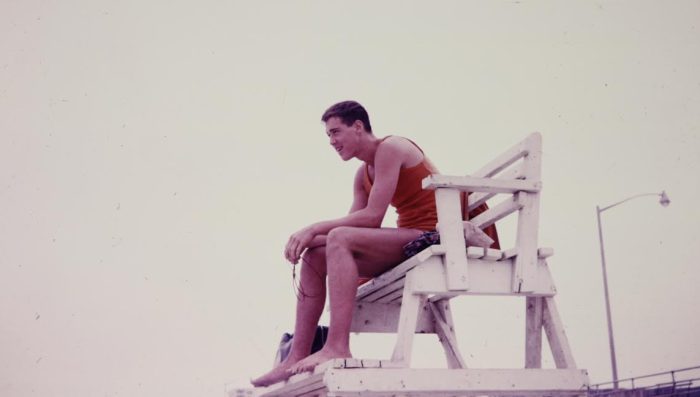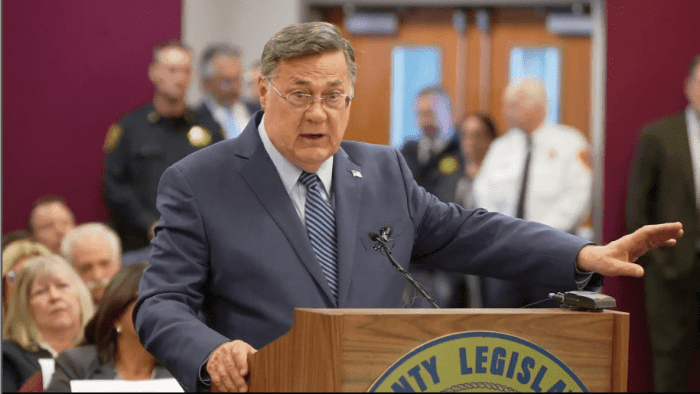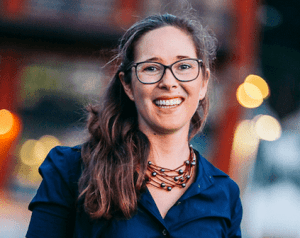In addition, Michaels is expanding its fabric, sewing, and yarn assortment, adding over 600 products across new and existing brands, including sewing and quilting supplies, fabric, yarn, specialty threads, sewing machines, and more. The acquisition and expanded product assortment reflect progress as Michaels continues to reimagine the customer experience to become the go-to destination for fueling creativity and celebration.
“We’re honored to have the opportunity to welcome JOANN customers into our creative community and are committed to delivering the selection, value, and inspiration they are looking for at Michaels,” said David Boone, Chief Executive Officer at Michaels, in a press release on June 5. “This acquisition allows us to better serve both new and existing customers, respond to rising demand across categories, and build on our momentum as the destination for creating and celebrating in North America.”
Fabric
Searches for ‘fabric’ on Michaels.com have increased by 77% over the past year and Michaels has responded by making a significant investment in the category, increasing the assortment in over 680 Stores, with plans for 280 more Stores this year. Michaels offers an extensive range of fabric with over 10,000 options available online. From vibrant cottons for quilting to versatile broadcloth for apparel and home decor, every creator now has access to an unparalleled selection of materials to bring their visions to life.
Sewing
Stitching its way back into the spotlight, searches for ‘sewing’ have increased by 39% on Michaels.com since last year. Michaels is responding by expanding its selection of customer-loved brands starting this month to ensure every creator has access to the tools and materials they want, including:
- Introducing new Brother® and SINGER® sewing machines
- Adding 50+ new needle crafting kits from DMC® and Loops & Threads®
- Debuting 10+ Pellon® stabilizers and interfacing, specialty scissors, and thread packs, with Pellon cut-to-order batting coming in August
- Expanding assortment with new products from Clover, FISKARS®, Coats & Clark™, and VELCRO®
- Welcoming best-selling Oliso® Smart Iron
Yarn
Reflecting the growing resurgence in knitting, crocheting, and other fiber arts, Michaels is actively expanding its yarn assortment by 25% this year to meet soaring customer demand. From the most skilled crocheter to those picking up knitting needles for the first time, every level of crafter can now find what they are looking for at Michaels. Here’s what’s new:
- Releasing over 60 new Loops & Threads offerings in-stores and online starting this month
- Introducing new and expanding national brand collections from Red Heart®, Bernat®, and Lion Brand® this summer
- Expanding best-selling Amigurumi kits with 12+ new seasonal offerings launching this holiday season
- Welcoming beloved JOANN brands including Big Twist Value Plus, Big Twist Twinkle, Big Twist Posh and Big Twist Baby Bear, which are now being developed as part of Michaels portfolio of brands and will be available in-stores and online later this year
With many of these latest additions available now, knitters and sewists alike can shop in-store and online at Michaels.com. Additional products will continue to roll out throughout the year.
Special Welcome for JOANN Customers
JOANN was a beloved destination for creators for generations, and Michaels is honored to serve this community with a dedicated landing page featuring the latest updates and a curated assortment of products.
The Michaels Companies, Inc.
At The Michaels Companies Inc., our purpose is to fuel the joy of creativity. As the leading destination for creating and celebrating in North America, we operate over 1,300 stores in 49 states and Canada and online at Michaels.com and Michaels.ca. The Michaels Companies, Inc. also owns Artistree®, a manufacturer of custom and specialty framing merchandise. Founded in 1973 and headquartered in Irving, Texas, Michaels is the best place for all things creative. For more information, please visit www.michaels.com.

